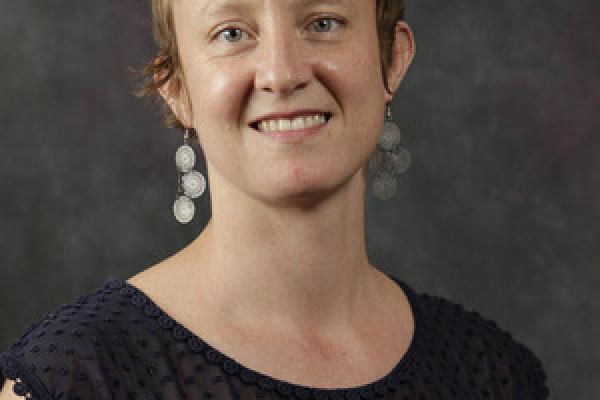
“Stopping, Spacing, and Waiting: Longitudinal Dynamics of Fertility Intentions in Rural Mozambique"
In much of sub-Saharan Africa, individual circumstances are unstable and local social, economic, and demographic circumstances are unpredictable. Given these conditions, some demographers argue that women have difficulty forming long-term plans for childbearing and thus challenge the utility of reported desires to have no more children. Instead, qualitative and quantitative research has argued that measurement of fertility intentions should focus on the desire to “wait,” “pause,” or “postpone” the next birth (e.g., Agadjanian 2005; Bledsoe et al. 1994, 1998; Johnson-Hanks 2006; Timaeus and Moultrie 2008). Although this process of postponement is conceptually distinct from the classic demographic phenomenon of birth spacing, cross-sectional survey questions typically fail to measure this distinction. In this paper, I use longitudinal measures of fertility desires to describe the determinants and dynamics of the desire to delay the next birth among a sample of married women in rural Mozambique. I use the results to reflect on the difference between “birth spacing” and “postponement.”
